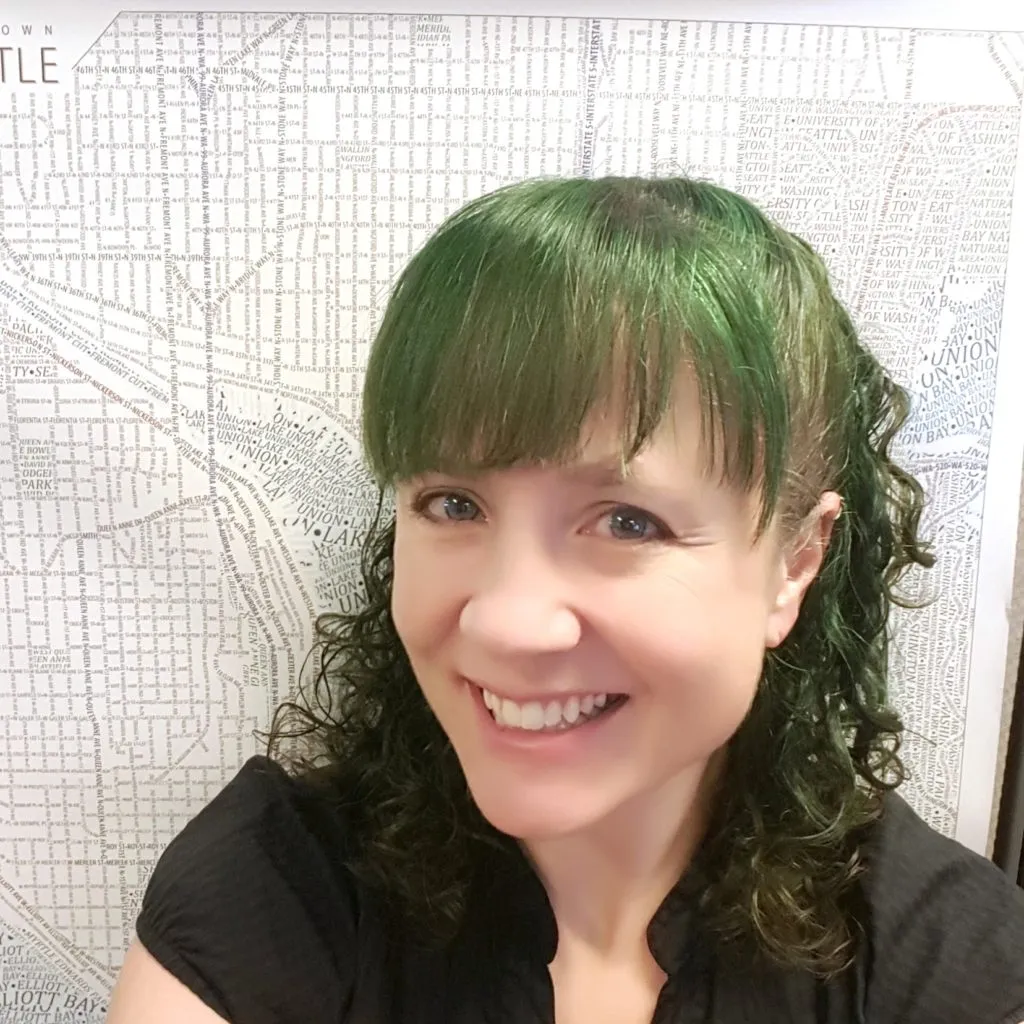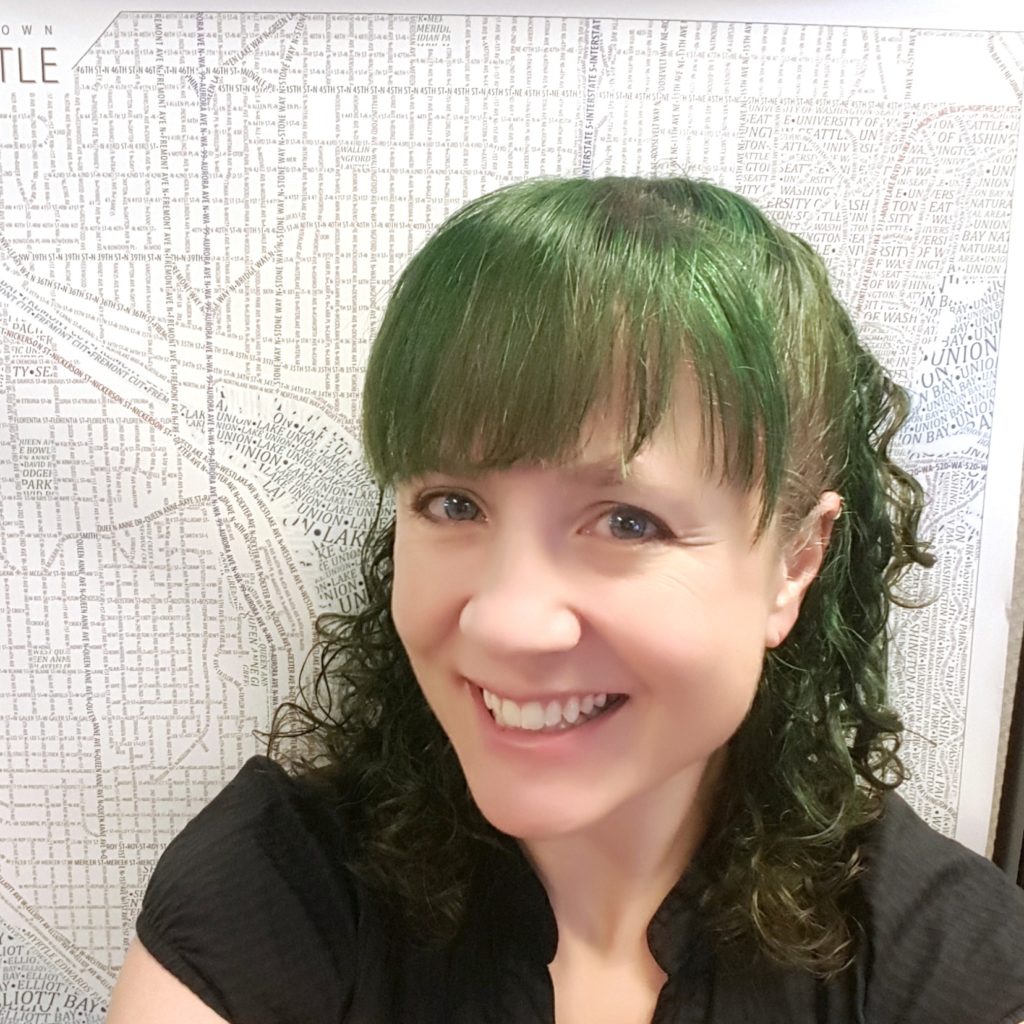
A Day in the Life of an Amazon Maps Cartographer
Barring the disruptions caused by an unprecedented global pandemic like coronavirus, logistics at Amazon is a 7 days/week, 365 days/year operation. And the onus of building the technology that would power a successful Last Mile delivery network for millions of customers around the world lies with the maps and data science team.
One may wonder, why does Amazon need to build its own maps in this day and age. But a quick peek into Amazon’s operations would tell you that the problems the online retailer is looking to solve are both unique and challenging. For example, Amazon doesn’t want to simply get a delivery executive to an address; it is also interested in helping them find out if there is a mailing room in the building and if there is, helping them navigate quickly to that mailing room.
Responsible for producing the overall design (look and feel) of all Amazon Maps styles, cartographer Kate Leroux’s job entails solving detailed maps data and visual challenges that are both global and geo-specific.
But Kate’s journey to arrive at her dream career at Amazon Maps was not as simple as getting from point A to point B. In fact, cartography was nowhere near what she had in mind as a young drama school graduate.
This is her story…
How did you get into cartography?
I’ve always loved maps, but I’m not great at hand drawing, so I didn’t consider it as a career when I was starting out. I ended up in the Seattle startup software industry for about a decade, doing a wide range of jobs that didn’t seem to form a cohesive career path: testing, scripting, data management/wrangling, IT, customer service, writing, graphics editing. Soon after I began pursuing a GIS certificate, it became clear that all the skills I had built over the years were needed for this new career, and that I was in my dream profession.
I think GIS is a great field to arrive in later in life. It feels like I’ve encountered a lot of fellow GIS analysts and cartographers who had another career first, more than in other fields. We’re a welcoming community, and all of us need to keep learning as technology changes, not just the newcomers.
What is a typical day for you like?
My design team has blocked their time so that there are two types of days: meeting days and work days. As much as possible, I squeeze meetings into two days of the week, so those days are mostly spent talking to people and in email and chat. The rest of the days are mostly spent on cartography work. I own the design of several worldwide, interactive basemaps, so I maintain and improve existing styles and design new ones as needed. My time is split between a visual map editor (Maputnik) and editing JSON text files, with occasional doses of Illustrator and Photoshop. Once in a while, I do a little coding, if needed.
Why did you choose to work with Amazon?
At Amazon, the maps group is still growing so I have the opportunity to shape the look and feel of the maps. I like that my work helps a lot of people (especially right now when so many are stuck at home). It’s easy to explain to anyone what I do, because everyone is familiar with Amazon.
What is your favorite part about your job?
I enjoy that feeling when, after a lot of trial and error, I hit upon a clear and beautiful way to solve a design problem.
Also see: A Day in the Life of an Ordnance Survey Cartographer
What does it take to create not just a map, but a good map?
Two important things come to mind: time and visual hierarchy. First, a good map takes time. While there are excellent cartographers out there working on tight deadlines (such as in journalism), they have established design systems and style guides to rely on. A new map design, on the other hand, can’t be rushed. That’s because you need time to try out some of your crazier ideas and challenge your initial assumptions. You also have to be able to step away and see it fresh again later. After you look at something too long, obsessing over every detail, you can no longer see it the way your end-users will.
Also, a clear and intentional visual hierarchy is essential to a good map. For my maps, I have an actual written list of all the map layers in priority order. This is a helpful guide as I design.
What advice would you give to an aspiring cartographer?
I would advise an aspiring cartographer to build a portfolio they can share, and to start making personal connections in the cartographic community. There aren’t that many of us, so we try to be encouraging to newcomers. The best conference I attend is the NACIS (North American Cartographic Information Society) Annual Meeting in October, which I can’t recommend enough. Travel grants are available if you need one. During the year, you can curate a pretty spectacular cartography-focused Twitter feed and interact with us online. If you want to build your skills, videos of cartography talks from the last couple of years are available for free on YouTube.








 Wood: Site Land Surveyor
Wood: Site Land Surveyor World Resources Institute: GIS Intern
World Resources Institute: GIS Intern Flock: Senior Data Scientist
Flock: Senior Data Scientist Arcadis: Mobile GIS Specialist
Arcadis: Mobile GIS Specialist Tech Providers: Gentran GIS consultant
Tech Providers: Gentran GIS consultant FirstLight: Technician, Plant Records & GIS Mapping
FirstLight: Technician, Plant Records & GIS Mapping